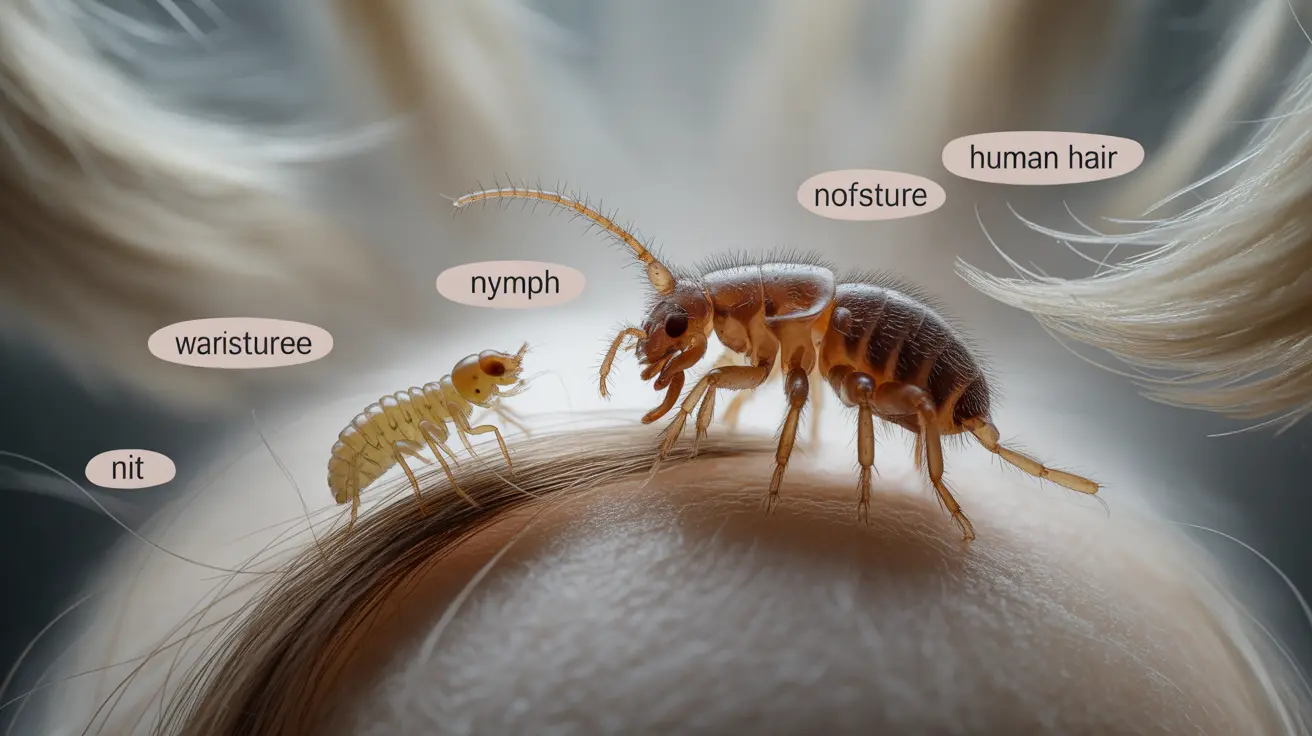Understanding how long head lice can survive without a human host is crucial for effectively managing and preventing infestations. These persistent parasites have specific survival requirements that determine their lifespan away from their preferred environment – the human scalp. This comprehensive guide will explain everything you need to know about lice survival and prevention.
The Life Cycle of Head Lice
Head lice go through three main life stages: nit (egg), nymph, and adult louse. Each stage has different survival capabilities when separated from a human host.
Adult Lice Survival Time
Adult head lice are highly dependent on human blood for survival. When separated from their host, they can typically survive for 24-48 hours. Without access to regular blood meals, they quickly become dehydrated and die. This relatively short survival window is important to understand for treatment and prevention purposes.
Nits and Their Viability
Lice eggs, or nits, are specially adapted to survive attached to human hair shafts. They require specific temperature and humidity conditions found near the human scalp to remain viable. When separated from these conditions, nits generally cannot survive or successfully hatch.
Prevention and Control Measures
Understanding lice survival times helps inform effective prevention strategies. Here are key measures to prevent lice transmission and re-infestation:
- Avoid direct head-to-head contact
- Don't share personal items like combs, hats, or scarves
- Regularly inspect family members' heads during outbreaks
- Clean and treat infested items appropriately
Home Environment Treatment
While lice cannot survive long without a human host, it's still important to address potentially infested items in your home. Focus on items that have been in direct contact with the affected person's head within the past 24-48 hours.
Personal Item Care
To ensure lice elimination:
- Wash bedding and recently worn clothing in hot water (at least 130°F)
- Dry items on high heat for at least 20 minutes
- Seal non-washable items in plastic bags for 48 hours
- Vacuum furniture and floors where shed hairs might be present
Frequently Asked Questions
How long can head lice survive without feeding on a human host?
Head lice can typically survive for 24-48 hours without feeding on a human host. After this period, they will die from dehydration and lack of nutrition.
Can lice eggs (nits) hatch if they fall off the scalp onto furniture or clothing?
No, lice eggs (nits) generally cannot hatch if they fall off the scalp. They require the specific temperature and humidity conditions found near the human scalp to remain viable and hatch successfully.
How should I clean my home and personal items to prevent lice re-infestation?
Focus on washing items that have been in direct contact with an infected person's head in hot water (130°F) and drying on high heat. Vacuum furniture and floors, and seal non-washable items in plastic bags for 48 hours. Remember that extensive home cleaning isn't necessary since lice don't survive long without a host.
Are pets like cats and dogs a source of lice transmission to humans?
No, pets are not a source of head lice transmission to humans. Head lice are species-specific and can only survive on human hosts. The lice that may affect pets are different species and cannot infest humans.
What is the best way to stop lice from spreading through head-to-head contact?
The best way to prevent lice spread is to avoid direct head-to-head contact, especially during outbreaks. Avoid sharing personal items like hats, scarves, combs, or hair accessories. Regular head checks and prompt treatment of infected individuals are also crucial prevention measures.




